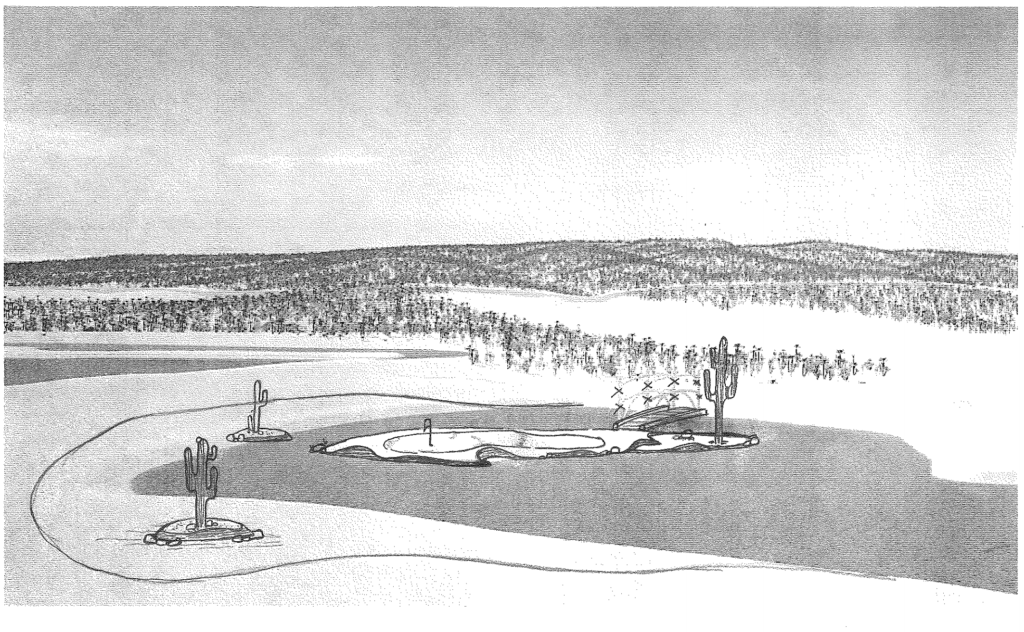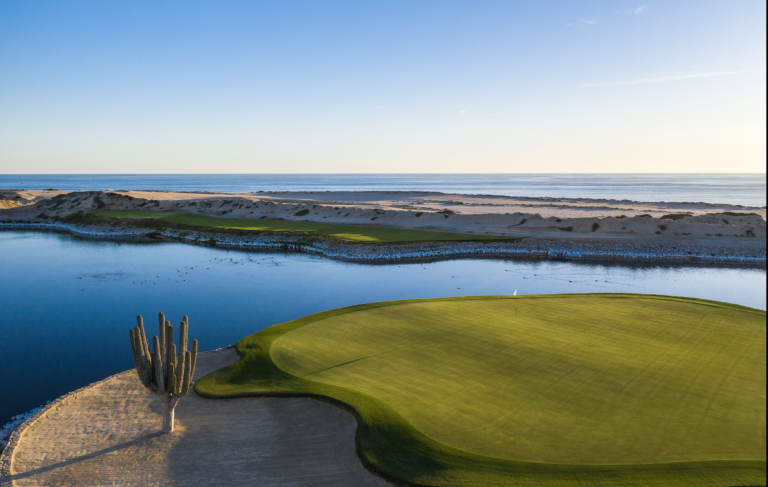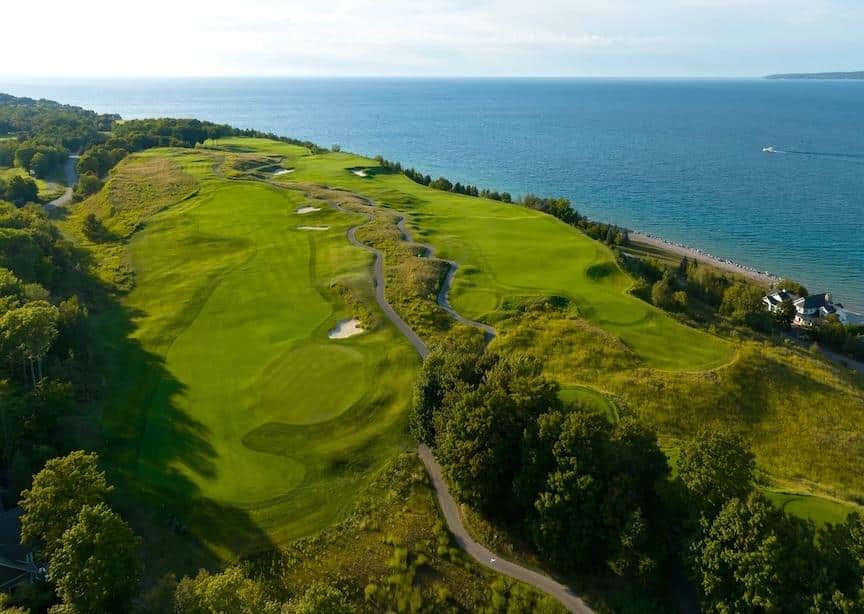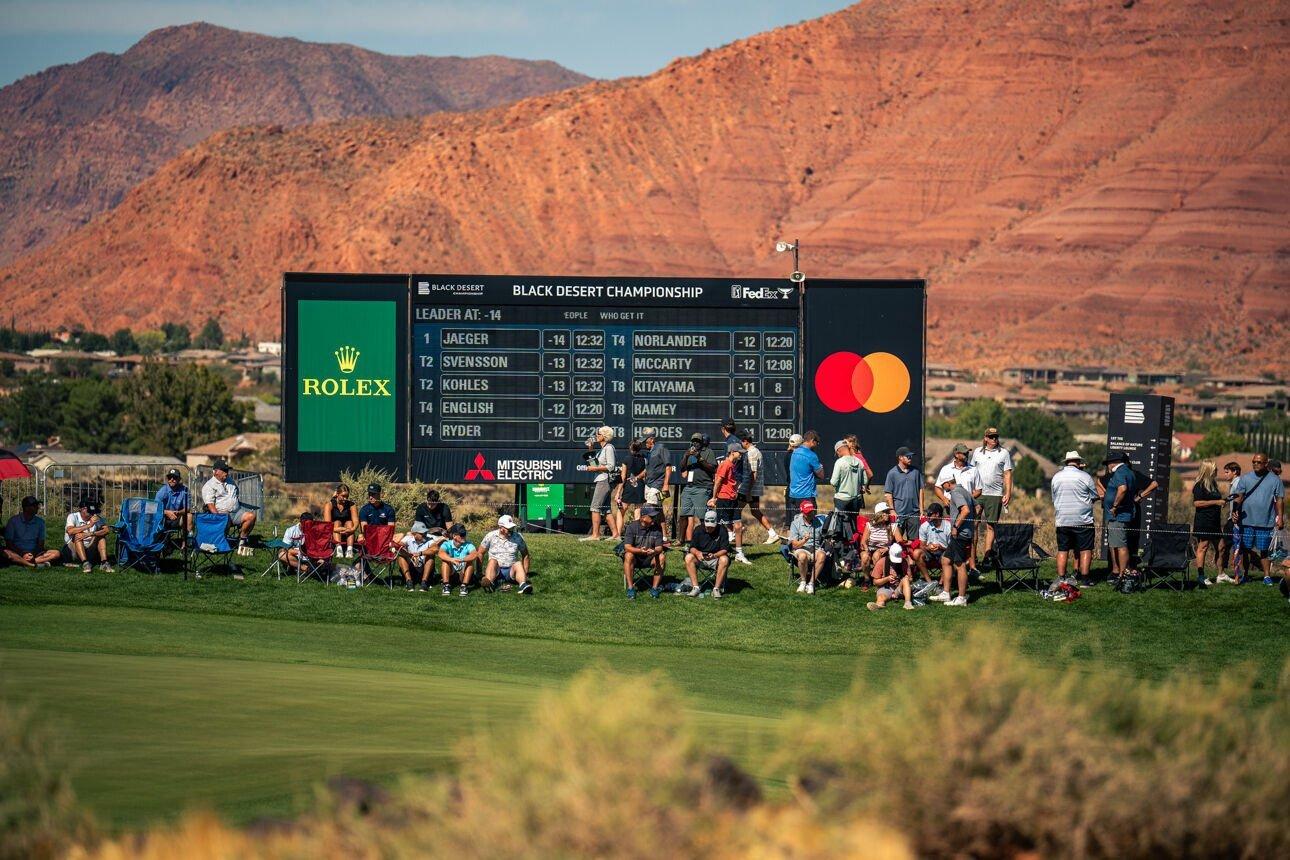Rancho San Lucas
Cabo San Lucas, Mexico
17th hole / 161 Yards / Par-3
Architect: Greg Norman (2019)
by Matt Ward
Greg Norman, the former world number one ranked player and active golf course architect, has long been an admirer of the work carried out by the late Pete Dye. It was at one of Dye’s most lauded courses — TPC Sawgrass — that Norman played some of the finest golf ever witnessed. In 1994 the Shark finished -24 — setting a four-round total of 264 in winning The Players Championship.
 Since leaving competitive golf the 65-year-old Aussie has made his mark in bringing to life global projects showcasing his keen awareness on what demonstrates golf architecture resonating with the broadest array of golfers.
Since leaving competitive golf the 65-year-old Aussie has made his mark in bringing to life global projects showcasing his keen awareness on what demonstrates golf architecture resonating with the broadest array of golfers.

Unlike the majority of golf facilities in Cabo — Rancho San Lucas is following in the footsteps of such earlier golf projects such as Diamante and Quivira — also located on the windier Pacific coast side.
“Norman saw fit to include his version of the island par-3 hole at Rancho San Lucas. Like its more noted sibling in Florida the hole occupies the penultimate position. However, unlike Dye’s effort which maxes out at 132 yards — the Rancho San Lucas hole is longer — coming in at 161 yards.
“Wind patterns off the Pacific can vary greatly. Golfers coming to the 17th have to account for its impact and realize that nothing less than a finely executed shot will result in a dry land result. The Mexico version provides for a spacious green – 10,000 square feet — and like the Florida hole there’s a solitary bunker which must also be avoided.















